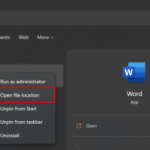Microsoft Teams has evolved into a critical component of a company’s internal interaction, and it’s critical to keep it healthy in order to sustain peak performance. In this article, we’ll go over some of the best ways to secure your Microsoft Teams chats, channels, and groups.
Introduction
Is your Microsoft Teams app slow, taking a long time to launch, or opening chats in a couple of moments? The tactics listed below can help you achieve a better reaction from your staff.
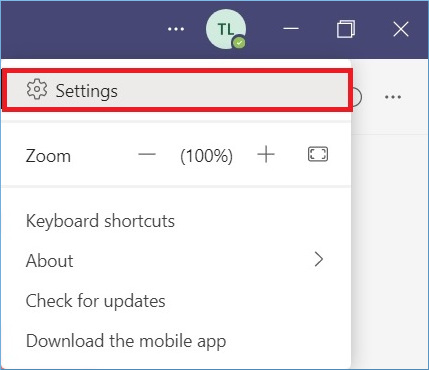
Disable the GPU Hardware Acceleration
1. Go to your account profile in the Microsoft Teams desktop app. Click the three-dots on the left side of the screen, then Settings.
2. Navigate to the General category after you’ve opened the settings. Select the checkbox ‘Disable GPU hardware acceleration’ from the drop-down menu.
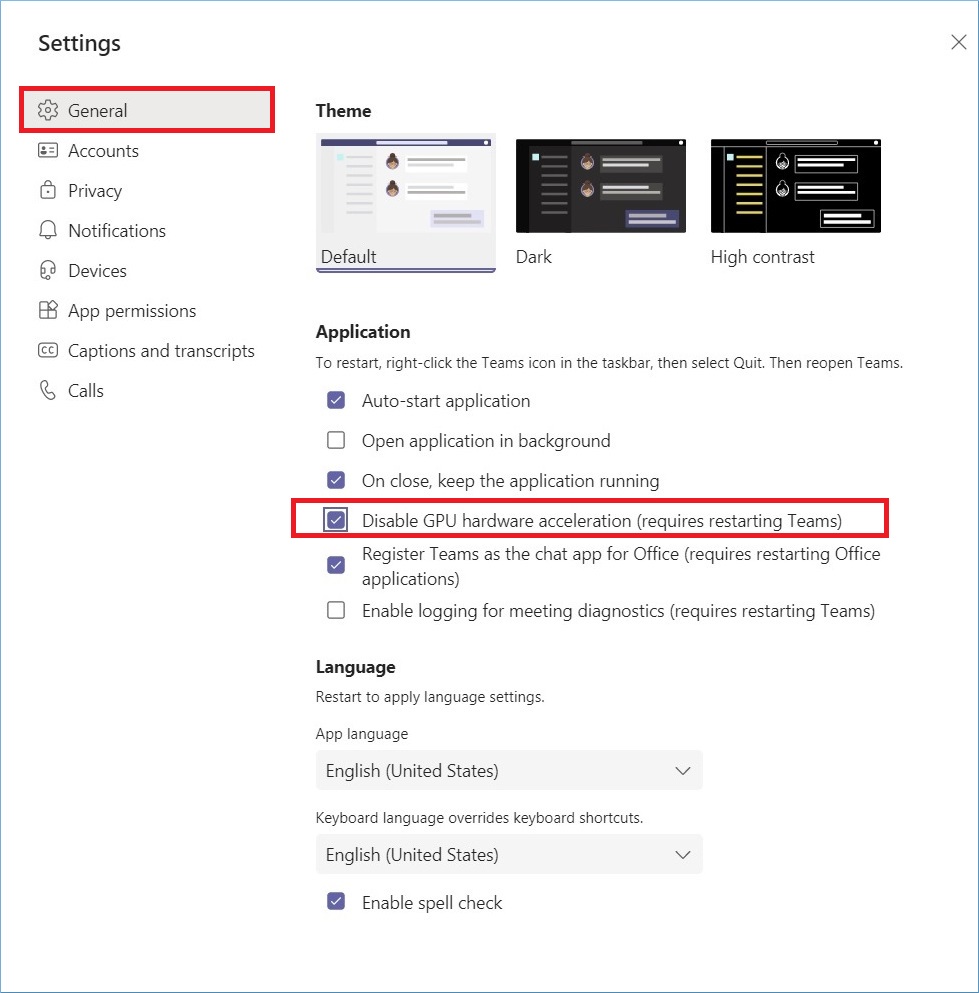
Restart the application now.
Disable the Teams add-ins in Outlook.
1. To access the Options menu in Outlook, go to File, then Options.
2. Click Add-ins, then Go at the bottom.
3. Remove all Microsoft Teams-related add-ins from the list and click OK.
4. Restart Outlook.
Delete Microsoft Teams Cache.
1. Close the Teams app and launch Windows Explorer.
2. Now navigate to C:\Users\User-Name\AppDat\LocalMicrosoft\Teams and the Cache folder. Remove the entire folder.
3. You can also delete the directories listed below –
Tmp folder.
Blob_storage folder.
IndexedDB folder.
GPUCache folder.
Local Storage folder.
Database folder.
4. Restart Teams application.
Update Teams application.
Many lagging and slowing issues can be alleviated by upgrading the application.
1. When you first launch the app, go to the profile name and select the option to check for updates.
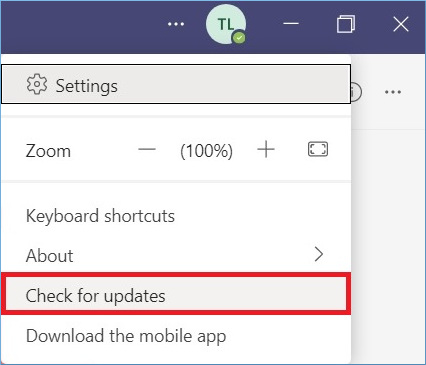
It will acquire the most recent Team updates and correct any inconsistencies.
Remove cache from an Internet browser.
If you’re using Teams in a website, you can clear the cache and temporary files in the browser’s settings.
1. You may clear ‘cookies and other site data’ as well as ‘cached images and files’ in Google Chrome by going to Settings. Clear the data by clicking the Clear button.
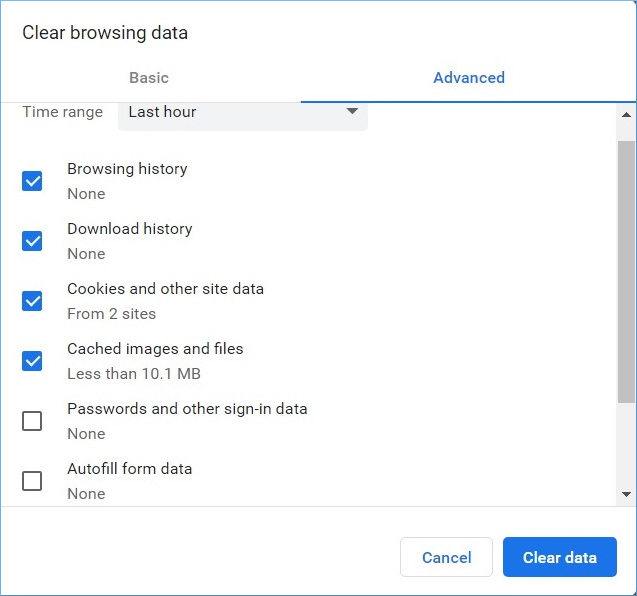
2. To clear all cache, site data, and cookies, go to the Privacy & Security section of the Mozilla Firefox browser and select clear data.

3. Choose Clear on exit from the cookies & site permissions menu to clear all cache, site permissions, and temporary files. It is compatible with the Microsoft Edge browser.
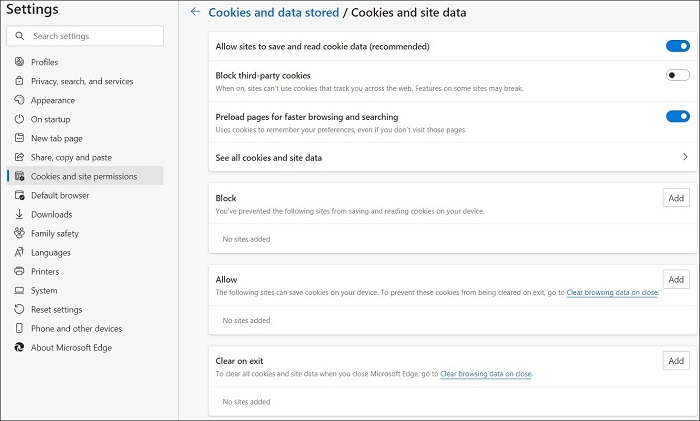
Create Data Loss Prevention Policies in Admin Center
The Data Loss Prevention Policies prevent users from publishing critical Microsoft Teams data. The following techniques can be used to set the policy-
1. Use the URL – https://compliance.microsoft.comto get to the compliance center and log in.
2. Data loss prevention > Policy is the next step.
3. To create a policy, click the Add button.
4. Then click Next after selecting the template.
5. Input a name and a relevant explanation for the new policy on the new Name your policy tab. Now press the Next button.
6. The next step is to go to the Choose locations tab and configure the dedicated settings for all accounts. ‘Let me choose specific locations’ the user can select. You can set policies for 100 individual accounts to exclude or include them there. Policies are assigned to an attached file and security groups.
7. Policy Settings is the next tab, where you can ‘Customize the type of content you want to protect’. You have the option of keeping the default settings or using Advanced Settings. You can create, update, or delete policy rules in the Advanced Settings. ‘What do you want to do if we detect sensitive info?’ is another choice. You may check the settings here. After you’ve made all of your adjustments, click Next.
8. You can switch on the policy, run a test, or keep it turned off for a certain time under the ‘Do you want to turn on the policy or test things out first?’ option in the Policy Settings tab. The Next button should be selected.
9. The Review your settings tab is the last tab, where you can double-check the settings for a new policy. You can activate the option after reviewing the rule by clicking Create.
In this video, we are gonna show you how to fix Microsoft Teams lagging:
Conclusion
You can improve the performance of Microsoft Teams using a variety of approaches. However, there is no manual way to keep the app agile, responsive, or light. As a result, professional migration tools should be used to relocate such huge teams. You can also migrate Teams with essential messages that you’d like to keep for a longer time.



